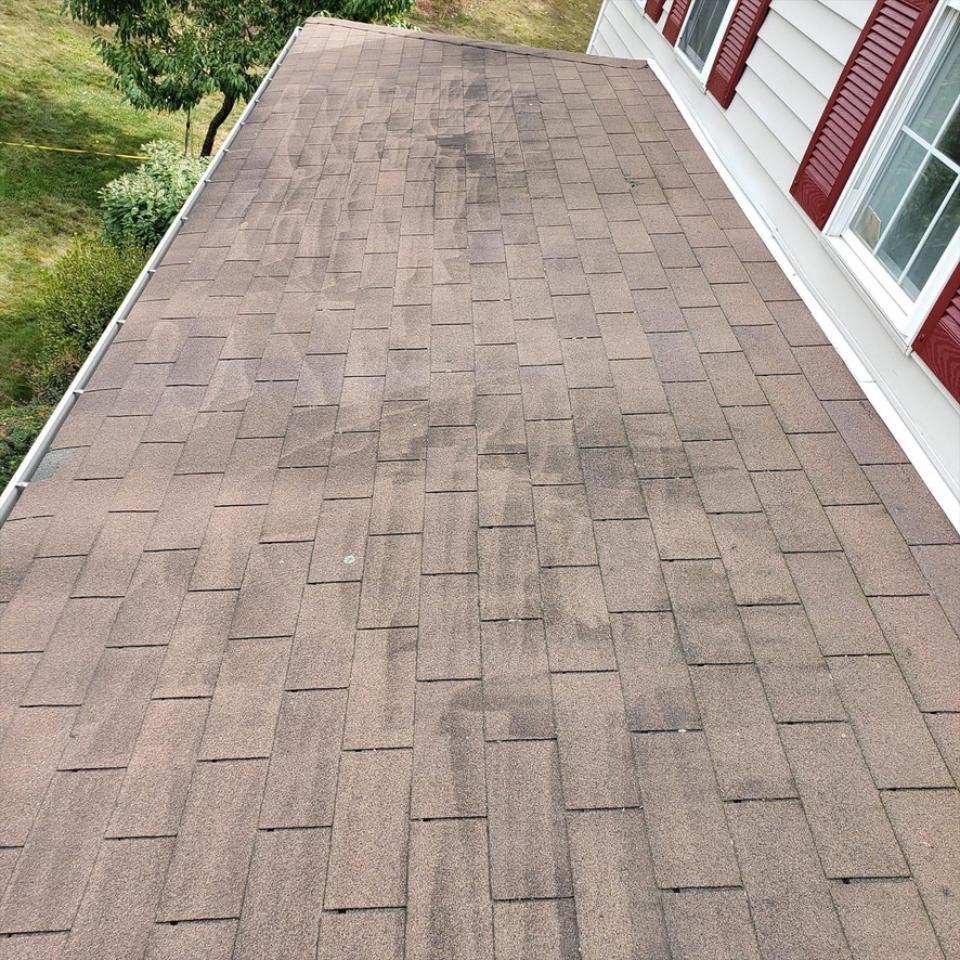Servicing Orange Park Fl, and the surrounding areas
Why Isn't This Coming Off??????
Artillery Fungus
Are you noticing small spots on your home, car, patio furniture or anything else in proximity of your mulch beds? If so, you have some Artillery Fungus nearby.
Artillery fungus is a wood-decaying fungus that likes to live in landscape mulch. The fruiting bodies of this fungi are about 1/10 of an inch across and are very hard to see. They resemble the end of a cannon barrel and shoot their spores up 6-10 ft. onto objects nearby.
Artillery fungus has been more prevalent than it has in the past. Landscaping over the past several decades has included the use of wood mulch. In the past, purely bark mulch would have been more typical. Cool spring and fall periods will always yield more of the fungus as well. It’s common to notice this fungus growing in shady environments and on the east and north sides of homes. Beds that aren’t in full sun most of the day are most susceptible. However, artillery fungus has been found in full-sun environments as well.
Spores are very sticky and don’t take long to fasten themselves to surfaces. This makes them almost impossible to remove with most cleaners. They don’t pose any damage risk to surfaces other than cosmetic.
You can remove them by rubbing / scratching with your fingernail, but this is not something we will remove from your property as it is very time consuming and would be very expensive.
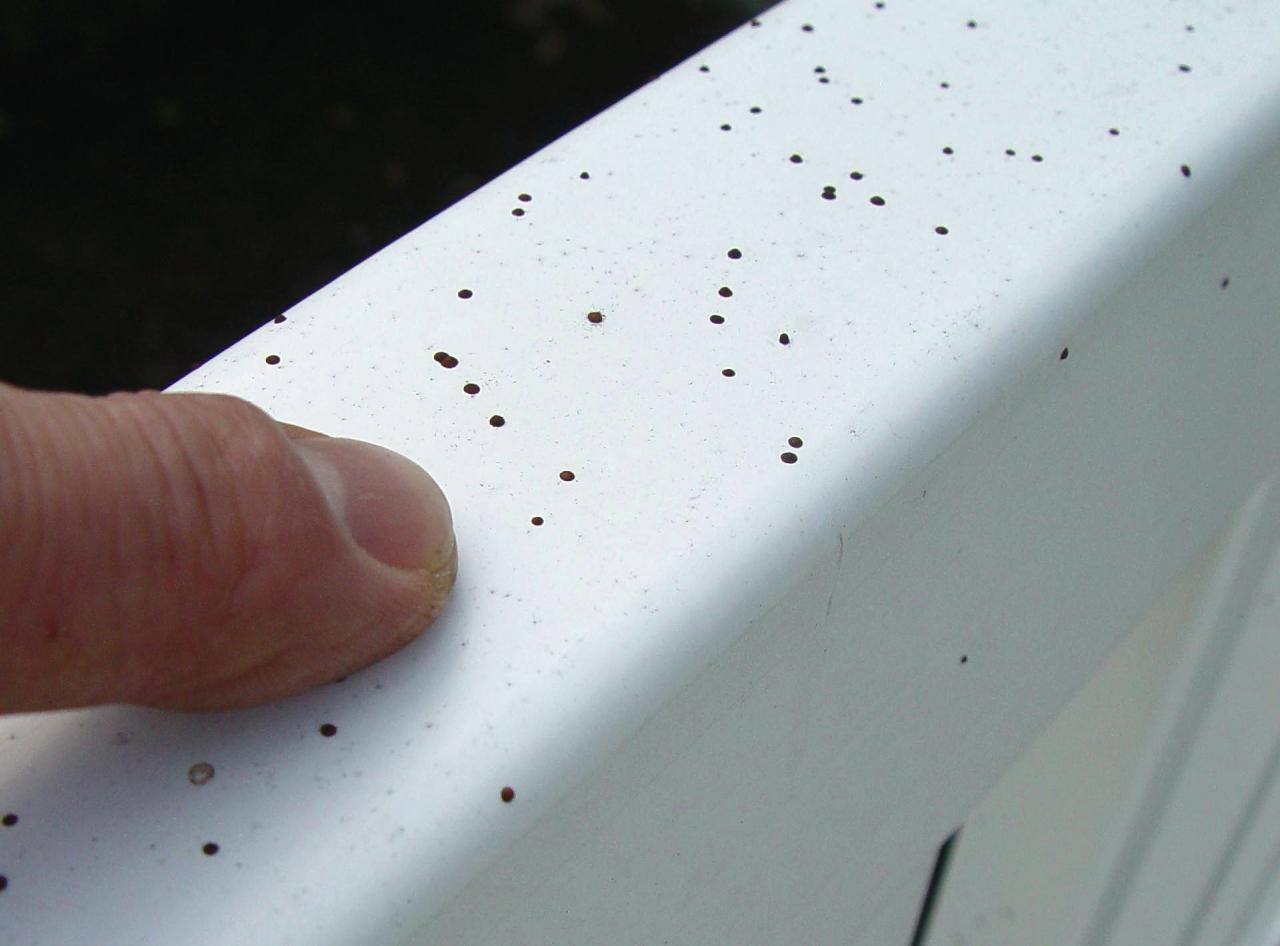
Creeping / Climbing Vine
Creeping vine feet are the small, root-like structures that certain climbing plants, such as ivy or Virginia creeper, use to attach themselves firmly to surfaces like walls, fences, or trees. These tiny, adhesive pads allow the vines to cling tightly to various surfaces, helping the plant climb and spread. The vine feet secrete a sticky substance that enables the plant to adhere to surfaces, and over time, they can grow into crevices, making them difficult to remove.
Causes: Creeping vine feet develop as a natural growth mechanism for climbing plants. They provide the plant with a strong hold, allowing it to spread vertically and horizontally across surfaces. This behavior is part of the vine's adaptation to seek light and grow efficiently.
Challenges with Removal: Removing creeping vine feet can be quite challenging without damaging the underlying surface. When the vine feet attach, they create a strong bond that can leave behind marks, stains, or even damage the material, especially if it's porous like brick, stucco, or wood. Simply pulling the vine off often results in the feet remaining stuck to the surface, and scraping or peeling them off can lead to further damage.
Best Recommendations:
-
Kill the Plant: Start by cutting the vine at its base and applying a suitable herbicide to prevent regrowth. This step ensures that the vine feet will no longer produce new growth or secrete the adhesive substance.
-
Remove the Plant: Once the plant is dead and dry, carefully pull the vine away from the surface. It's important to do this gently to minimize further damage, but expect some vine feet to remain attached.
-
Sand the Area: To address the stubborn vine feet left behind, lightly sand the affected area. This process helps remove the remaining feet and smooth out the surface. Be mindful that sanding may alter the appearance of the surface, particularly on more delicate materials.
-
Repaint or Refinish: After sanding, repaint or refinish the surface to restore its appearance. This step not only conceals any residual marks but also provides a protective layer that can help prevent future vine attachment.
By following these steps, you can effectively deal with creeping vine feet and restore your surfaces without extensive damage.
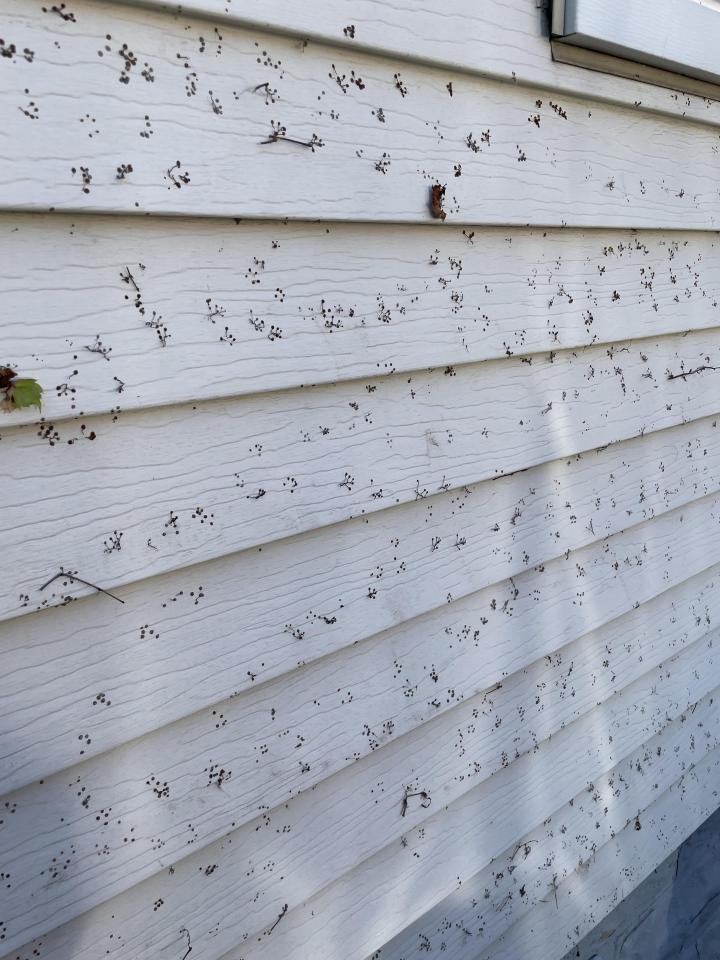
Gutter Tiger Stripes

Oxidized Paint
Oxidized paint occurs when the paint on surfaces like siding, trim, or decks begins to break down due to prolonged exposure to sunlight, moisture, and environmental elements. This results in a chalky, faded appearance that can make the surface look dull and aged.
Pressure washing can exacerbate the problem by aggressively stripping away the weakened paint layer, leading to patchy, uneven areas and potential surface damage. This not only makes the oxidized paint look worse but can also cause long-term harm to the underlying material.
Our soft wash service is specifically designed to handle oxidized paint gently and effectively. Using low-pressure and specialized cleaning solutions, our soft wash approach cleans the surface without the harsh impact of traditional pressure washing, preserving the integrity of the already oxidized paint while restoring the surface's appearance.
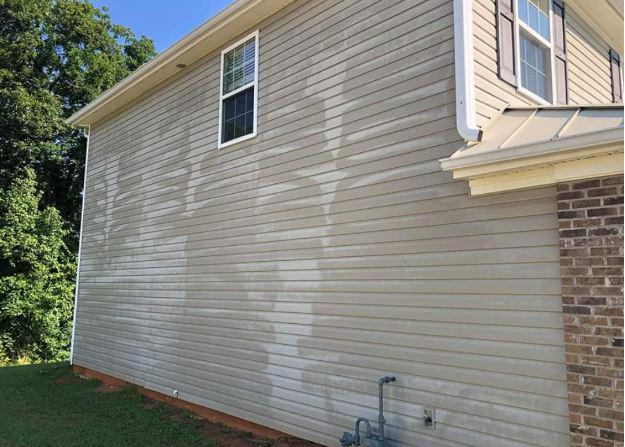
Etched Concrete
Etched concrete is caused by the use of high-pressure washing on new or delicate concrete surfaces. This leads to visible marks, rough textures, and uneven surfaces that are difficult and costly to repair. To prevent this, we strongly recommend not pressure washing any new concrete for at least 3 years. Attempting to pressure wash before this period will inevitably damage the concrete—it's not a possibility; it will happen.
Our highly trained technicians are experts in identifying new or vulnerable concrete before cleaning. We use soft washing techniques for brand new concrete or adjust our tools to control the pressure output, ensuring we clean effectively without causing etching or surface damage. Our approach protects your concrete while delivering outstanding results.
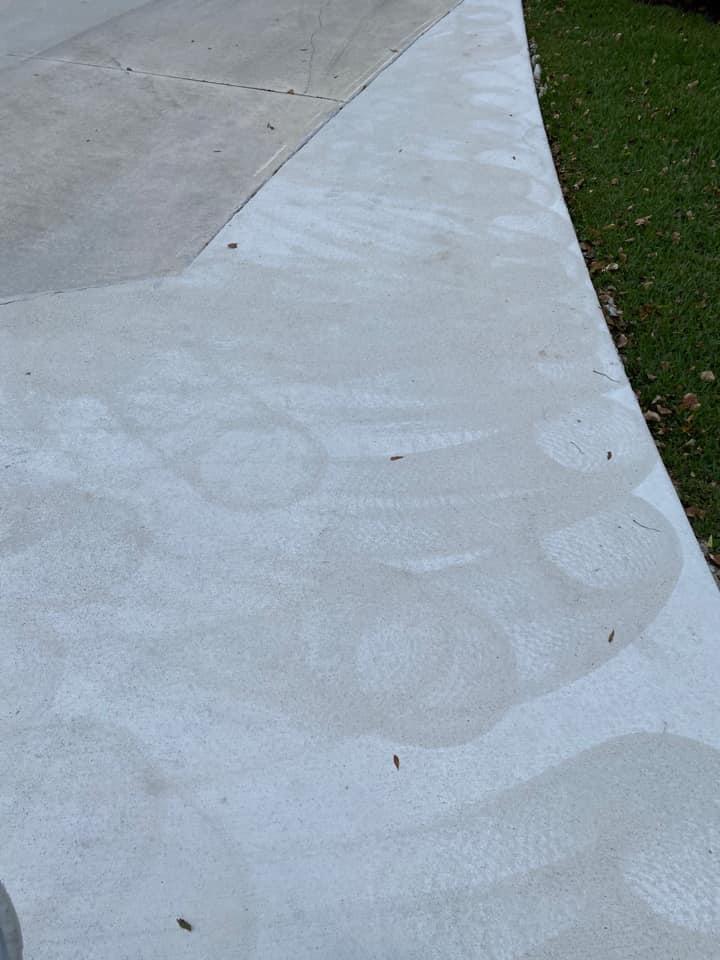
Roof Pressure Washing
Pressure washing a roof can cause significant and permanent damage to shingles. The high-pressure water can strip away the protective granules, weaken the shingles, and even lead to water intrusion under the roof surface. This not only compromises the integrity of your roof but also reduces its lifespan.
At Proper Exterior Cleaning, we never pressure wash roofs. Instead, we use a gentle soft wash method specifically designed for roof shingles. Our soft wash technique uses low pressure and specialized cleaning solutions to safely remove dirt, algae, and moss without damaging the shingles. This approach not only cleans your roof more effectively but also helps it last longer.
We stand behind our roof cleaning service with a 5-year warranty. If your roof gets dirty within that time, just give us a call, and we'll clean it again at no additional cost!
